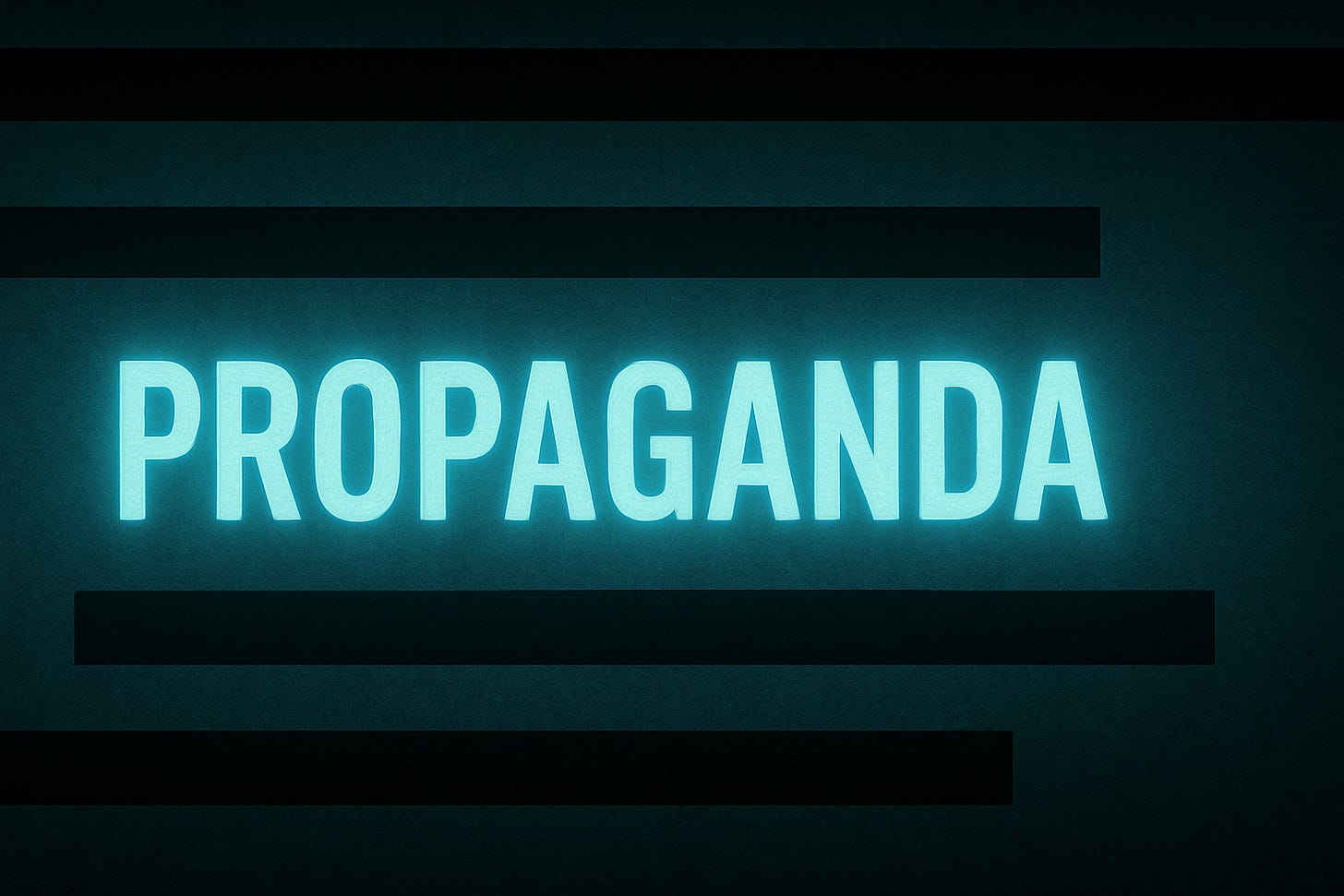Let's Talk About That Thinly Sourced NYT Article About Iran's Nuclear Program
The so-called Paper of Record performed stenography for Israel—and we're shocked it was published.
For as much as we're critical of the corporate media at this humble newsletter, we do spend a significant amount of time reading the pages of legacy outlets. And there's a very good reason why. We're investing our time and funds in various subscriptions to understand what Official Washington is thinking, how they're trying to manufacture consent, and, in a sense, to follow the tea leaves. Sometimes, the most valuable information is not in the exact text of these articles or reports, but in what you're able to glean from reading between the lines.
I experienced one of those moments this Saturday as I was reading through The New York Times. Buried on A8 (published two days earlier online) was a potentially consequential story (really stenography with a bit of context thrown in) with the headline: "Some of Iran's Enriched Uranium Survived Attacks, Israeli Official Says."
In a sense, this was a massive report. Per the NYT, an anonymous Israeli official was effectively contradicting President Trump's comments that the three Iranian nuclear sites bombed by the United States last month were "obliterated." By its very definition, that suggests Iran's purported "enriched uranium" was, in theory, a casualty of the bombings. Trump repeated that claim in the days after he ordered the Iranian facilities to be struck in response to a leaked Defense Intelligence Agency (DIA) assessment that said Iran's alleged nuclear program was set back by only mere months, despite the United States using its vaunted arsenal of 30,000-pound bombs in the shocking attack.
Think about it: How could a story of this magnitude not make it to A1 on a day that the paper instead featured an article about the “polarizing” nature of DC's new "Superman" film? We're talking (alleged) nukes!
Reading through the NYT piece, I couldn't believe what was published. The whole premise of it—that "near-bomb-grade enriched uranium survived American and Israeli attacks last month and may be accessible to Iranian nuclear engineers"—was based on a single Israeli source.
The anonymous know-it-all was presented to readers in various ways: as a "senior Israeli official," "the official," and "the Israeli official." If someone sipping their morning coffee was skimming through the piece, you couldn't blame them for mistaking the differing labels (admittedly closely related) as the paper's way of identifying multiple people.
But no.

Also of note was how this Israeli official was disputing some elements of the U.S. intelligence's initial assessment, which the Times and CNN reported on just weeks earlier. Among the biggest takeaways from the earlier assessment was that "much of Iran's stockpile of enriched uranium was moved before the strikes."
That stands in stark contrast to what was published in the Times this weekend, which said: "The senior Israeli official contends that nothing was moved."
We also received more context for the ostensible justification of Iran's initial wave of attacks on June 12, which started the war. If you were following closely at the time, there was a clear disconnect between the United States' and Israel's positions on whether Iran was developing a nuclear arsenal, with the latter more emphatically pushing the claim that Iran was making major gains. Tulsi Gabbard, the Director of National Intelligence, was unequivocal in the intelligence community's verdict.
Here’s what the “official” had to say about why Israel moved to attack Iran: “…Israeli intelligence picked up the nuclear weapons activity soon after the Israeli Air Force killed Hassan Nasrallah, the longtime leader of Hezbollah, the Iran-backed militia in Lebanon. That observation prompted the Israeli prime minister, Benjamin Netanyahu, to prepare for an attack with or without U.S. help.”
The latter statement is preposterous, as we know. Just as Israel required the United States' support to intercept missiles amid an exchange of strikes with Iran in April, the U.S. military stepped in yet again to protect Israel during the most recent bombing campaign. And lest we forget, the United States has spent tens of billions to fund the genocide in Gaza, including $22.76 billion alone over the first year of the slaughter, according to Brown University's Costs of War project.
All this to say: How could the Times publish such a thinly sourced article of potentially massive consequence? Why now? And to what end?
We have our own guesses for some of those questions. But as for "why now?" Well, a certain high-level Israeli official—Prime Minister Benjamin Netanyahu, who is wanted by the International Criminal Court (ICC) for war crimes—was in the United States during the time this piece was published, and it came at around the same time The New York Times Magazine confirmed that Netanyahu has used the genocide for his political benefit.
Obviously all a coincidence.
What’s deeply frustrating is that outlets such as the Times purport to have some of the strictest editorial standards in the industry. But such guidance apparently can be ignored when Israel comes calling—even after they’ve spent the last year and a half lying on a range of issues amid its genocide in Gaza, which the corporate media has enabled.
This isn’t so much about the Gray Lady allowing an article so thinly sourced to be printed, but how the Times and its partners in corporate spin dismiss other journalists who make similar editorial judgments. Remember this next time they preach from their Ivory Tower.




